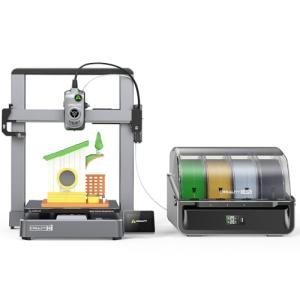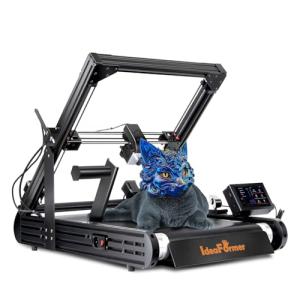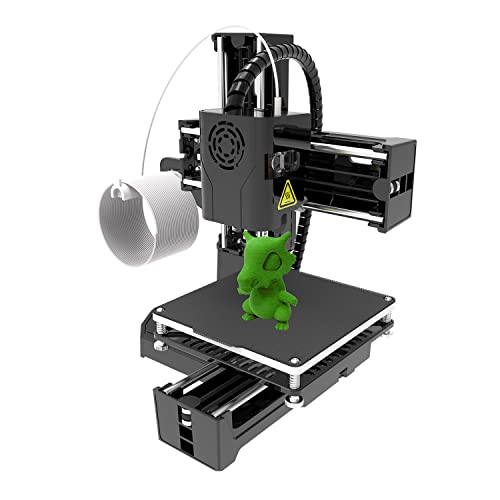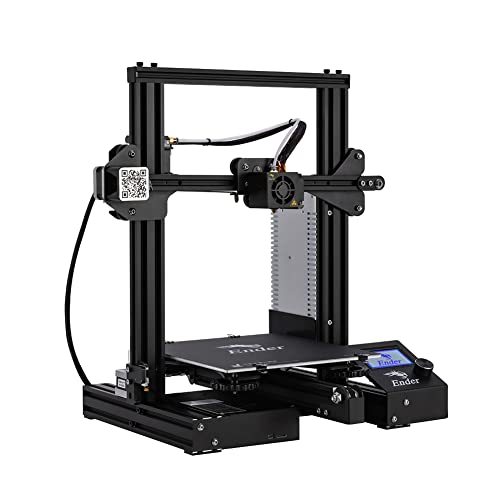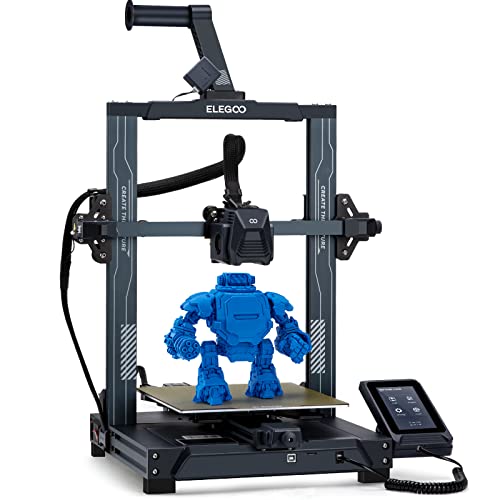When you're diving into the world of 3D printing, understanding 3D Printer Specifications is super important. The specs can tell you a lot about what the printer can do, helping you choose the right one for your needs. Whether you're a hobbyist or looking to get into serious production, knowing the details can make a huge difference.
First off, consider the print volume. This shows how big of a model you can create. If you want to make larger objects, look for printers with a bigger print area. On the other hand, if you’re sticking to smaller projects, you can save some cash by going for a compact model.
Next up is layer resolution. This refers to how detailed your print can be. A printer with a lower layer height can create finer details, making it perfect for intricate designs. If you’re just trying to crank out prototypes or larger pieces, a higher layer height might be just fine.
Don’t overlook the materials a 3D printer can use. Different printers are compatible with various filaments, including PLA, ABS, or specialty materials like nylon. Knowing which materials you want to work with will help narrow down your options.
Lastly, keep an eye on print speed. It’s tempting to just look for the fastest printer, but speed isn’t everything. Sometimes, a slightly slower printer could offer much better quality. Balancing speed and quality based on your personal needs is key when it comes to understanding 3D Printer Specifications.
Key Terms You Should Know
When diving into 3D printer specifications, it helps to know some key terms. Let’s break them down into bite-sized pieces to make things easier.
Print Volume: This refers to how big of an object you can print. It's usually given in millimeters (mm) and tells you the maximum width, depth, and height. If you plan on printing larger items, look for a printer with a big print volume.
Layer Height: This is all about detail. Layer height is measured in microns. A smaller layer height gives you finer details, but it takes longer to print. If you want super smooth finishes, aim for printers that support lower layer heights.
Print Speed: This is how fast the printer can work, usually measured in millimeters per second (mm/s). If you’re into quick projects, look for a printer with a higher print speed. Just remember, super-fast can sometimes sacrifice quality, so find a good balance.
Extruders: Some printers come with a single extruder while others have dual or more. A dual extruder allows you to print with two types of filament at once, which is great for adding color or using support materials. If you're getting creative, having more extruders can really open up your options.
Creality Hi Combo Multicolor 3D Printer with Auto-Leveling
Get creative with your designs and enjoy hassle-free printing with this easy-to-use multicolor 3D printer
Product information
$399.00 $379.00
Product Review Score
4.16 out of 5 stars
151 reviewsProduct links
Essential Features to Look For
When you're diving into 3D printers, knowing what to check for in the specs can really make your decisions easier. Let's break down some essential features you should look out for.
First up is the print volume. This tells you the maximum size of the objects you can create. If you're planning to make big items, look for a machine with a generous print volume. But if you're working on smaller projects, a compact model will do just fine. Remember, the bigger the volume, the more space the printer will take up!
Next, consider the layer resolution. This feature indicates how detailed your prints can be. A lower number means finer detail, which is important for intricate designs. If you're into detailed models or miniatures, aim for a printer that offers a resolution of at least 50 microns. For general purposes, a resolution of 200 microns should work well.
Don't forget about the print speed. This factor can save you a lot of waiting time. If you're printing larger objects, a higher speed can really help you get things done quicker. But keep in mind, faster speeds might impact the print quality, so find a balance that suits your needs.
Lastly, check out material compatibility. Different 3D printers work with various filaments like PLA, ABS, or PETG. Make sure the printer you choose can handle the materials you plan to use. This will expand your creativity and ensure you get the results you're looking for. With these essential features in mind, you'll be better prepared to navigate the world of 3D printer specifications.
IdeaFormer-3D IR3 V2 Conveyor Belt 3D Printer
Experience seamless 3D printing with a conveyor belt design that keeps your creations rolling
Product information
$998.99
Product Review Score
4.97 out of 5 stars
99 reviewsProduct links
How to Compare 3D Printers Easily
When you’re diving into the world of 3D printing, comparing different models can feel a bit overwhelming. But it doesn’t have to be! Start by focusing on the basics that matter most—like print quality, speed, and build volume. These key factors will help you narrow down your options quickly.
First, check out the print quality. Look for the layer resolution, which is usually measured in microns. A lower number means finer details. If you're planning to create intricate designs, aim for a printer that offers resolutions around 100 microns or lower.
Next up is speed. Every 3D printer has its own speed ratings, usually measured in millimeters per second (mm/s). If you’re all about efficiency, find a model that balances speed and quality. Printing too fast might compromise detail, so check user reviews to see how well the printer performs in real-life scenarios.
Then, consider the build volume. This is how big of an object your printer can handle. If you plan to make larger pieces, you’ll want a printer with a spacious build area. Don't forget to think about what you want to create; that’ll guide your choice.
Finally, read reviews and watch videos. Real user experiences can give you insight into the printer’s strengths and weaknesses. Combine all this info with your budget, and you’ll find the right fit faster than you think. Understanding 3D printer specifications isn’t just for techies; with a little research, anyone can do it!
